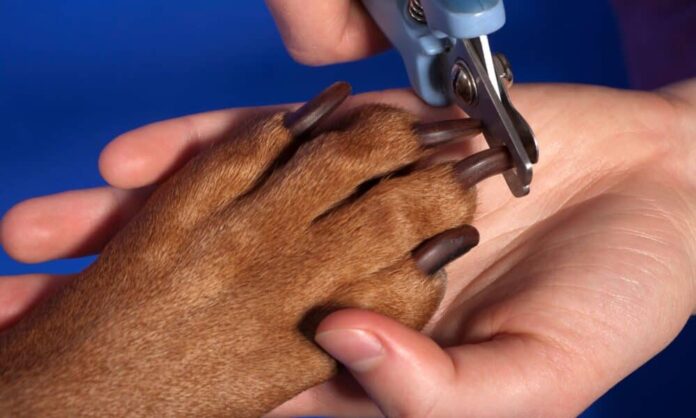Treating Your Dog’s Broken Nail: A Comprehensive Guide
Just like humans, dogs can suffer from painful broken nails. Understanding how these injuries occur and how to treat them effectively is essential for any dog owner. This guide will walk you through steps to manage a broken nail, providing you with practical advice and preventive tips.
How Dogs Break Their Nails
Dogs often break their nails when they get caught on objects like furniture or during vigorous play. The outer layer of a dog’s nail is made up of keratin, which is dead and hard, causing no pain when trimmed. However, beneath this layer lies the “quick,” which contains blood vessels and nerves. If a dog’s nail is broken close to the quick, it can lead to significant pain and bleeding.
When to Seek Veterinary Care
If your dog’s nail is bleeding excessively or appears severely damaged, it’s crucial to consult a veterinarian. However, minor nail injuries can often be treated at home.
Steps to Treat Your Dog’s Broken Nail
Here are the essential steps to follow when dealing with a broken dog nail:
1. Restrain Your Dog
Before addressing the injury, ensure your dog is secure. Even the gentlest pet may react aggressively when in pain. Have someone hold your dog, or consider using a muzzle to prevent any biting. Keep your dog’s head away from your body and use a towel to stabilize their foot.
2. Control the Bleeding
If the nail is bleeding, apply gentle pressure to the area to help control it. If the bleeding persists for more than 5-10 minutes, use a styptic pencil, silver nitrate stick, or cauterizing powder—available at pet stores or pharmacies—to further reduce bleeding.
3. Remove the Damaged Part
If a portion of the nail is still attached but broken, it needs to be carefully removed to prevent infection. While this process can be uncomfortable, it can often be done without anesthesia. Due to the potential pain involved, consulting a veterinarian is recommended for this step. If you take your dog to the vet, cover the injured foot with a towel during transport.
Prevention Tips for Healthy Nails
Regular nail trimming can significantly reduce the risk of broken nails. Dogs with long nails are more prone to injury, so keep them trimmed to a safe length. If you’re unsure how to trim dog nails safely, ask your veterinarian or a veterinary technician for guidance. Additionally, schedule routine nail clipping appointments at the vet if you’re not comfortable doing it yourself.
By understanding how to treat and prevent broken nails, you can help ensure your dog remains healthy and happy. Regular care and attention to your pet’s paws will go a long way in avoiding painful injuries.












